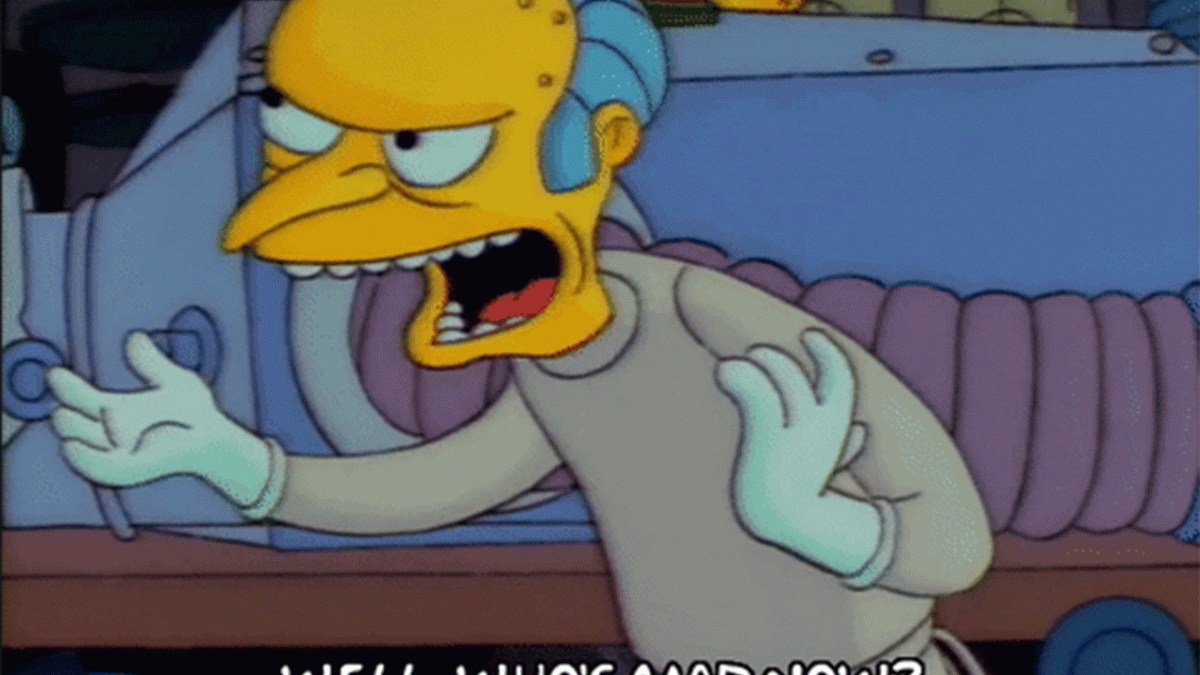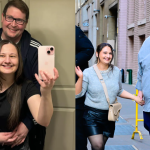
Science is about to give a whole new layer to a whole bunch of classic playground insults because now neuroscientists from Tufts University in Massachusetts managed to actually develop a working 3D model of a human brain to replace the one of the idiot who just cut you off. Ok no, they’re not in people yet, but they actually mimic the functions and structures of our brains, as reported in ACS Biomaterials Science & Engineering.

Apparently, while you and I have been going about our lives, neuroscientists have been making ‘mini-brains’ representing our brains and those of our extinct relies for years in a more 2-dimensional way, no big. What makes this one different gets a little sciencey.
It’s grown from cultures of ‘pluripotent’ stem cells, a term that Google tells me means they’re taken from human tissue and genetically modified to act like an embryonic stem cell. And that’s really as deep as we’ll get into that because none of us will get it anyway. From these, science peeps have created what is basically a scaffold of living, functioning human tissue. Here’s what that looks like:

This new method they’ve come up with also uses a new silk protein material to fill in the space between the cells, then everything is chucked in a collagen hydrogel. In Average Joe terms, they basically found new materials to authentically recreate 3D the support and structure of the brain, which hasn’t quite been achieved before.
One of the clever cats on this study is David Kaplan. He’s the Stern Family Professor of Engineering, chair of the Department of Biomedical Engineering at Tufts’ School of Engineering and program faculty member at the Sackler School of Graduate Biomedical Sciences at Tufts. Frankly, I’m almost as impressed by his title as I am by the whole ‘we made a brain’ thing.
“The silk-collagen scaffolds provide the right environment to produce cells with the genetic signatures and electrical signaling found in native neuronal tissues,” he explained to Eureka Alert.
Aka, they made a recreation fo a human brain so real that it looks and acts like a human brain. They say “a model of the brain environment”, I say they made a brain. An opinion I have formed from my super impressive expertise of Year 12 Biology many years ago.

Either way, they’re going to be able to create these brains with cells from patients with conditions like Alzheimer’s and Parkinson’s which will help scientists further understand how they work which will hopefully lead to better treatments. Which is pretty fucking amazing.







